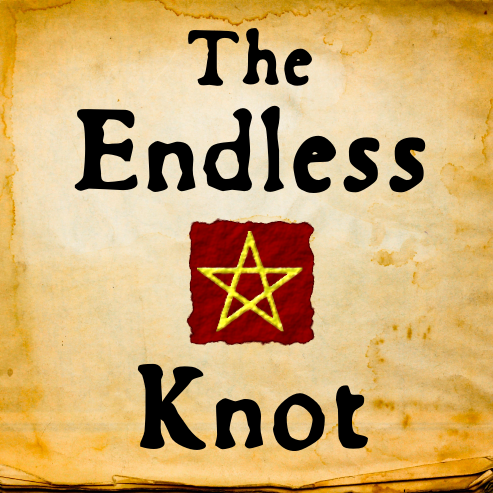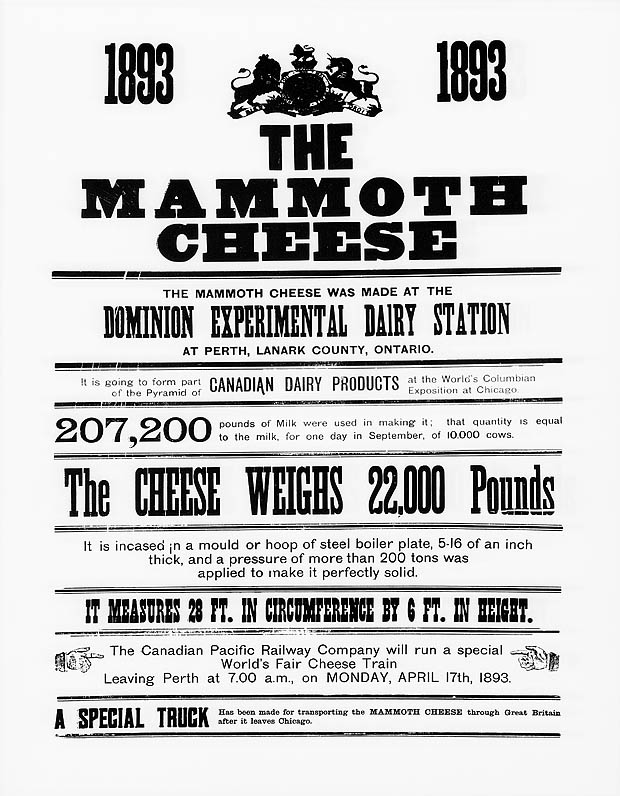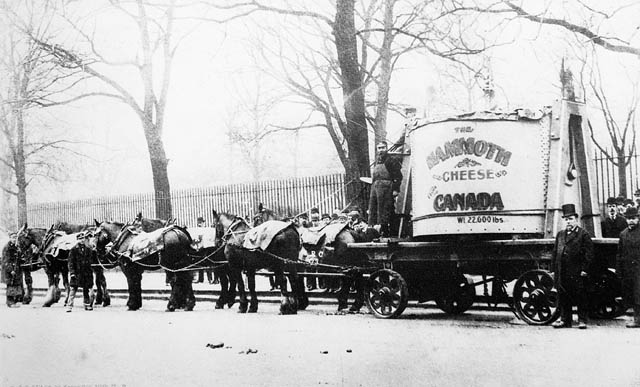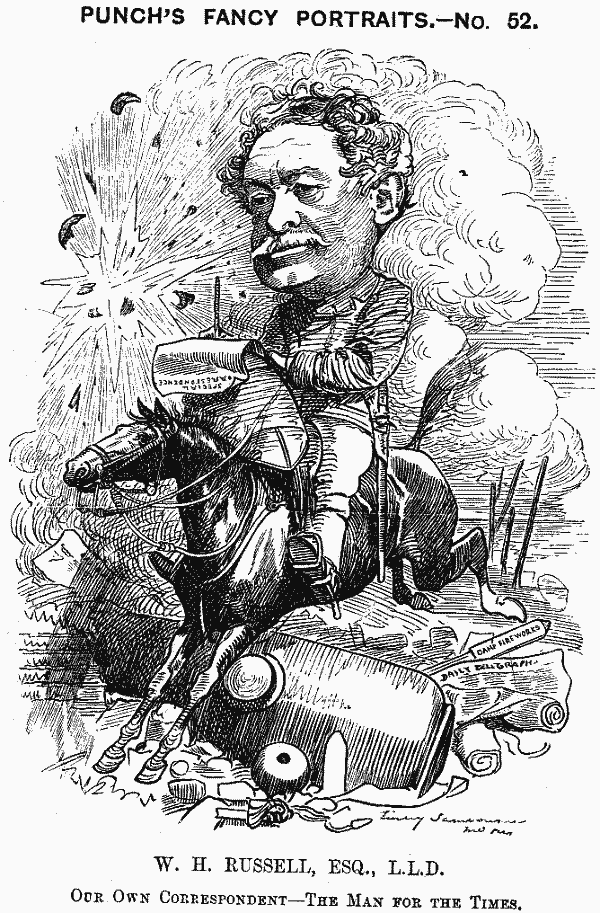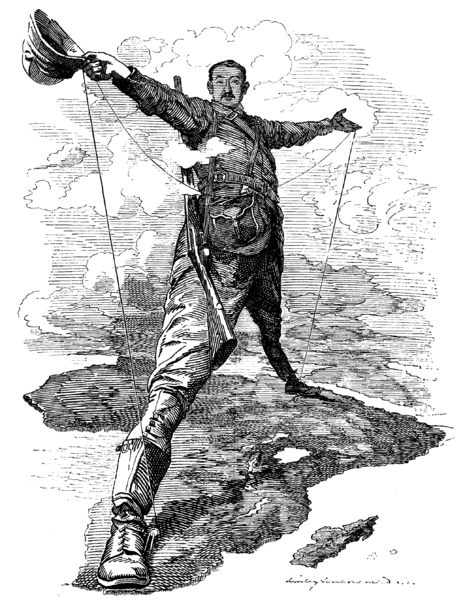This time we have the deceptively simple seeming word "bug":
This is kind of a mysterious one, and the etymologies presented here (and anywhere else you might see) are tentative and uncertain. The "puffed up" origin is perhaps further strengthened by the Norwegian dialectal word bugge meaning "an important man" (think puffed up or big). Another etymology entirely that has been suggested for bug, which I didn't mention in the video, is that it might come from a West African word bagabaga meaning "insect", being imported into English during the West African slave trade, along with another West African word bugu meaning "annoy". The insect word comes into English at around the right time for this West African connection, so it's at least plausible, though few etymologists seem to pick up on this idea. On the other hand, if the goat/buck etymology of bug is correct, that would I suppose connect the various boggarts, bogeys, and bugbears to the Julbok I mentioned in the "Yule" video.
On the subject of slang senses for bug, they're quite numerous with some twenty or more listed in various slang dictionaries, between the noun and verb. Some of the more well known senses and expressions I didn't mention are an enthusiastic interest or person (as in " to catch the acting bug" or fire-bug), to bug out or make a hasty retreat (which seems to come from US military slang), and the bug-eyed monster of scifi fame, which really means bulging eyes but is also taken in the insect sense sometimes.
An interesting older slang sense takes us back to the world of criminal lingo: "Bailiffs who take money to postpone or refrain the serving of a writ, are said to bug the writ". This is reported in the Dictionary of the Vulgar Tongue originally compiled by 18th century antiquarian and lexicographer Francis Grose, also the source of the bugaboo sense "a sheriff's officer" that leads to the burglar alarm. Grose's slang dictionary continued to be added to after Grose's death (you can access the two different editions here and here), and it's one of those later editions that gives us these two senses (though the earlier Dictionary of Slang by Nathan Bailey also lists the bribery sense). Edward Bulwer-Lytton uses the word bugaboo to refer to the police in his novel Pelham: "Many a mad prank ... which I should not like the bugaboos and bulkies to know." I've mentioned Bulwer-Lytton, coiner of many now clichéed phrases, in my previous video "Beef". Pelham, Bulwer-Lytton's first big hit, tells the story of an upper class dandy, and thus reflects the language (like bugaboos and bulkies for the police) and fashion of the hip set of the day, and apparently even set one fashion trend, the wearing of black evening wear by men, which has been the norm ever since the novel came out. So you can thank Bulwer-Lytton next time you don a tuxedo to avoid the fashion bugaboos, I mean, police!
On the topic of burglars and burglar alarms, that word comes into English from the medieval Latin word burgus which is itself a loan from a Germanic root that means “fortified place”, and is related to the words burg and borough, and might be more distantly related through Proto-Indo-European to the word “fort”, which came into English through French, from the Latin adjective fortis meaning "strong". And speaking of Latin, I mentioned the use of guard animals, most commonly guard dogs, but there is also the famous story of the geese in the Temple of Juno in Rome who awoke the sleeping Romans, warning them of a nighttime attack by the Gauls, according to the Roman historian Livy.
I mentioned that Edwin Holmes came up with the idea of using existing telegraph lines to connect his burglar alarms to a central monitoring station. In fact the idea of a central monitoring station was probably first developed by Edward A. Calahan, but Calahan's idea was that the houses would have emergency call boxes, rather than window and door sensors, as in Holmes's burglar alarm system. The story goes that Calahan came up with the idea after the president of the company that was formed to implement his previous invention was burgled. And that previous invention was also an adaptation of telegraph technology, the stock ticker, which transmitted stock and gold prices over the telegraph system and printed them out on ticker tape. (Presumably Calahan wasn't given a ticker tape parade for his work.) As it happens, the clockwork powered telegraph printing system necessary for Calahan's stock ticker had been invented by our old friend David Edward Hughes (inventor of the carbon microphone). It looks a bit like some outlandish musical instrument:
And finally a little more on the early history of patents. While authorship was important in the ancient world, control of intellectual property, the example of Sybaris not withstanding, was generally not. Craft secrecy, however, was important in the middle ages, particularly in the context of the craft guilds. Apparently the earliest mention of the windmill in Europe is in a diploma in 1105 CE granting the right to build them in a particular area, but it's unclear if this was as a newly invented technology. Certainly monopolies could be granted in the middle ages, but the earliest monopoly for a newly invented technology seems to be the Brunalleschi patent mentioned in the video. The penalty for violating Brunalleschi's patent, by the way, was burning. Harsh! The systematic patent laws that started in Venice before spreading throughout Europe seem to have been initially particularly associated with glassblowing technology and techniques. The first patents in England came under Queen Elizabeth I, while the idea that a patent needs to have an element of novelty seems to have been introduced by King Henry II of France. Design patents also date back to the early modern period with a patent for italic type granted in 1502 to the Venetian printer Aldus Manutius, who also invented the modern use of the semicolon and the modern appearance of the comma -- not a bad hat trick! The earliest literary reference to a patent seems to be in Ben Jonson's comedic play The Devil is an Ass, which makes fun of "projectors", that is inventors/swindlers. One of the character, Meercraft, is trying to get patents for individually wrapped hygienic toothpicks with instructions for their use, and forks, which were only then being imported from Italy into England. Jonson seems to be poking fun at real-life travel writer Thomas Coryate who did in fact introduce the fork to England, as well as the word "umbrella", both from Italy. For importing the fork, by the way, Coryate was given the highly amusing Latin nickname 'Furcifer'.
A last note, I'm grateful to my friend Madhava for pointing out to me Linus's Law that "given enough eyeballs, all bugs are shallow". However, if there are any bugs in the video or this blog post, the fault is entirely mine.
